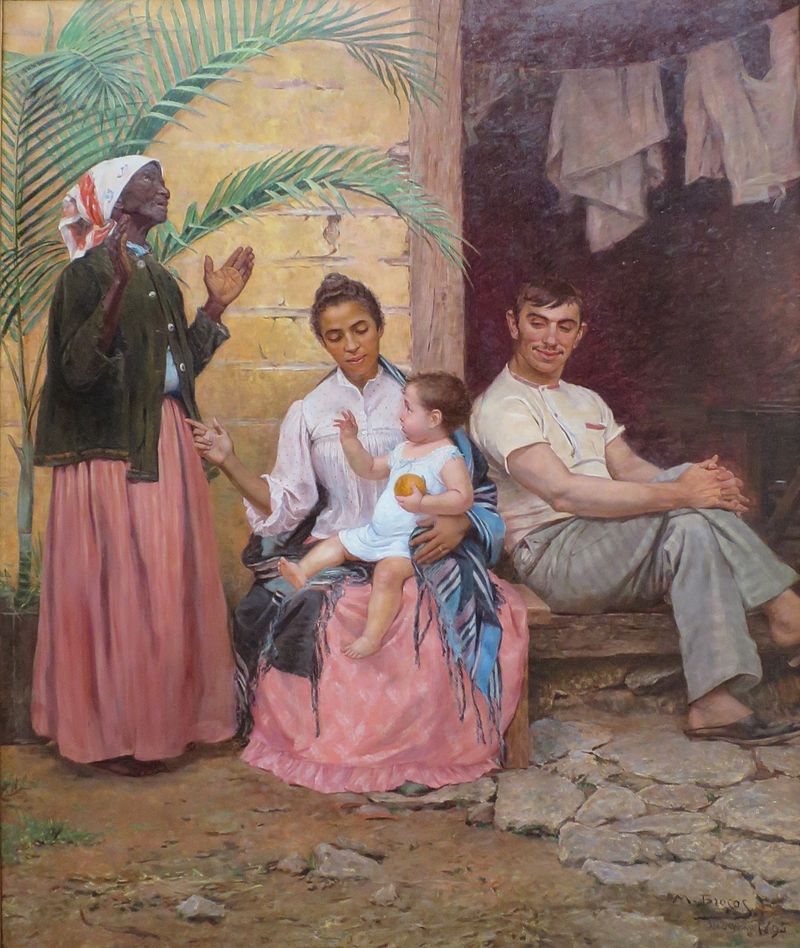Unit 3: European Colonization Quiz Review Sheet
Unit 3: European Colonization Quiz Review Sheet
Directions: Complete this study guide independently or with a group to prepare for your quiz next Wednesday.
15 Questions | Answer |
|---|
- What is the Columbian Exchange?
| The Columbian exchange was an interexchange of plants, animals, cultures, and disease |
|---|
- How did the Columbian Exchange change Latin America?
| Negative Consequences: - Disease spreading and killing Native People
- Native plant and animal species died off due to invasive species being introduced.
Positive: - New plants and animals
- New technology
|
|---|
- Who is Christopher Columbus?
| - Arrived in the Bahamas when trying to get to India.
- Found and Explored the New World for Spain, causing the start of their colonization of Latin America.
|
|---|
- What are some effects of his arrival to the Americas?
| - Treated the Taino-Arawak Native Americans poorly
- Native People forced into slave labor
- Spain began their colonization of Latin Am.
- Brought Diseases to Latin Am.
|
|---|
- What was Columbus’ perspective on the Taino-Arawak Native Americans he met?
| He thought they were: - innocent
- They could be used for labor
- They could be easily put under Spanish rule
- They would give over resources easily
|
|---|
- What was King Ferdinand's perspective on the Taino-Arawak Native Americans?
| King Ferdinand: - Demanded Natives
- Converted to Christianity
- Become loyal to Spain
- Give all resources to Spain
They would be killed if they did not follow his orders. Disobedient |
|---|
- What was Bartolomé de Las Casas' perspective on the Taino-Arawak Native Americans?
| Priest de Las Casas: - Kind people
- Would convert without the use of force
- Loyal to their leaders
- Asked for the murders of the Native people to stop
|
|---|
- How and Who split (colonized) Latin America?
| Spain - West Portugal - East |
|---|
- What do they do with the new land in the Americas?
| - They used it to make money
- Plantation and mines
- New towns and villages
|
|---|
- What are plantations? What were they used for?
| Plantations are farms specializing in cash crops, usually mainly planting a single crop, with perhaps ancillary areas for vegetables for eating and so on. Portugal call plantation as fazendas and the spain call it as haciendas Used for: Rice, beans, Cacao, TobaccoCoffee and sugar cane were grown on latin american plantations |
|---|
- What did Spain and Portugal take from Latin America to make money?
| Resources found in mines - Largest silver mine in the Andes - Potosí (modern day Bolivia)
|
|---|
- Who did they force to work on the plantations?
| Native Americans and Slaves brought from Africa |
|---|
- What were the conditions on the plantations?
| Plantation slaves were often physically and mentally abused |
|---|
- What was the painting called “The Redemption of Ham” about?
 | An oil painting showing a Brazilian family after the end of slavery exemplifies Blanqueamiento (Whitening) of society. - Blanqueamiento in Spanish, or branqueamento in Portuguese (both meaning whitening), is a social, political, and economic practice used in many post-colonial countries in the Americas and Oceania to "improve the race" (mejorar la raza) towards a supposed ideal of whiteness.
Shows where issues, like colorism, are based on the ideas from this colonial time period. The grandmother represents the suffering her generation has suffered during slavery and colonial rule. - Thanking god because the future generations of her family will not suffer the way she did
Mother - an example of the two groups mixing [colonizer + colonized people (African slaves and Native Americans)] Father - Portugal / Colonizer - Pleased to spread Portuguese blood and culture into brazil/Portugal’s colony
Baby - represents the whitening of the country/colony |
|---|
- How did colonization impact Latin America - politically, culturally, and socially?
| Political - Spain and Portugal now have control of the governments in latin america
- Aztecs, Inca, etc no longer have control of their empires
Cultural - European culture, music, food, and language are now mixing or taking over indigenous cultures
Social - (colorism, and racism) Europeans are now at the top of society causing the mentioned issues
|
|---|
